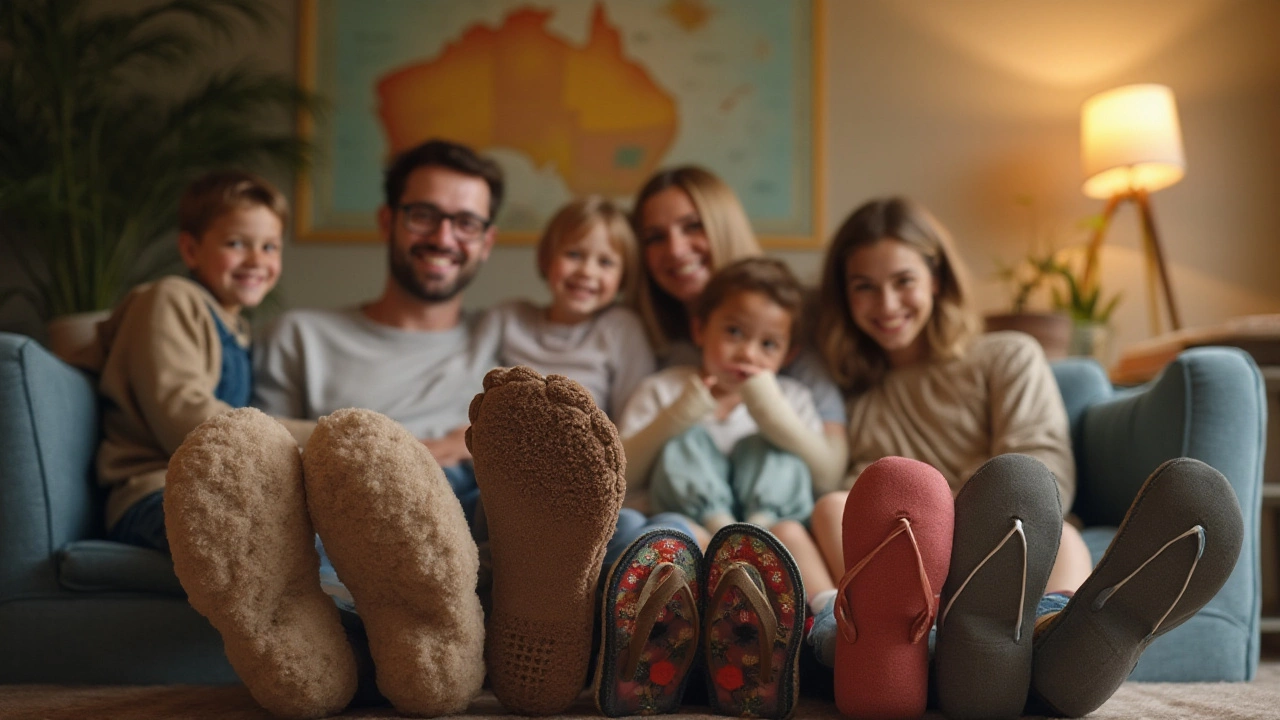Slippers Terminology Explained: What They’re Called and Why It Matters
If you’ve ever wondered whether you should call them “slippers,” “house shoes,” or something else, you’re not alone. The words we use for indoor footwear change by region, brand, and even by the material they’re made from. Knowing the right term helps you shop online, ask for help in a store, and understand product reviews without guessing.
American vs. British Names
In the United States, “slippers” is the go‑to word for soft, easy‑to‑wear shoes you keep inside the house. Stores list them under “slippers” or “indoor footwear.” Across the pond, the British often say “house shoes” or simply “indoor shoes.” The same product might be marketed as “house shoes” on a UK site, even though the design is identical to an American slipper.
Another nuance is the word “mules.” In both regions, a mule is a backless shoe, but many people mistake mules for slippers because they’re also comfy for indoor use. The key difference is that mules typically have a higher heel and a more structured look, while slippers are flat and plush.
Types of Slippers and How to Pick the Right Pair
Slippers come in several styles, each suited to a different need. Here are the most common types:
- Fleece or shearling slippers: Soft on the foot, great for cold mornings. Look for a sturdy sole if you plan to step out briefly.
- Memory foam slippers: Mold to your foot shape for extra support. Ideal if you stand on hard floors a lot.
- Open‑toe house shoes: Keep your toes cool in summer. They often have a slip‑on design and a thin sole.
- Closed‑toe house shoes: Provide full coverage and warmth. Perfect for winter or older users who need extra protection.
When choosing, think about three things: comfort, sole grip, and how often you’ll wear them outside the door. A rubber sole prevents slips on tiled floors, while a soft sole works fine for carpeted rooms. If you need to grab the mail or walk to the mailbox, pick a pair with a tougher outsole.
Materials matter, too. Genuine sheepskin (like UGG slippers) feels luxurious and breathes well, but it needs regular cleaning. Synthetic furs are cheaper and easier to care for, though they may not last as long.
Finally, consider the fit. Slippers should hug the heel without squeezing the toes. Most brands offer sizes half a size up or down; try both if you can. Remember, a snug fit keeps the slipper from sliding off while you’re moving around.
Now you know the main terms and the practical differences between them. Whether you search for “slippers,” “house shoes,” or “indoor shoes,” you can read product details with confidence and pick the pair that feels just right for your home routine.

